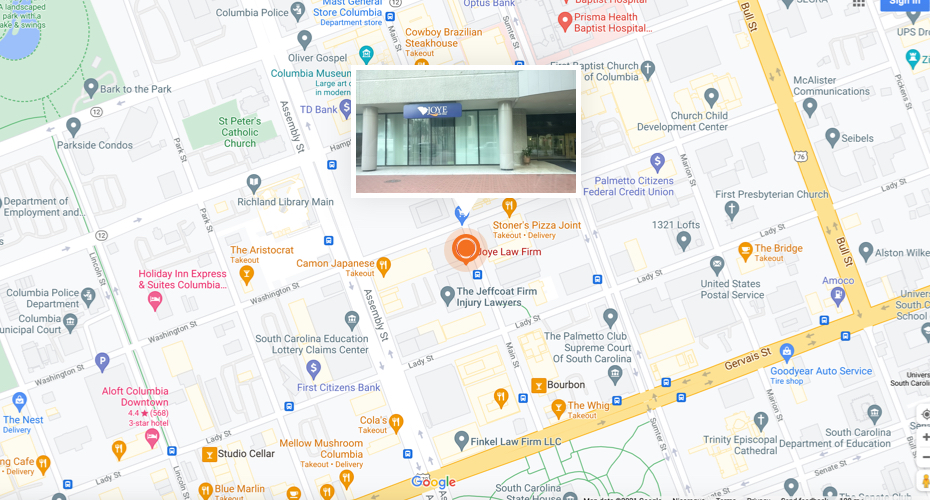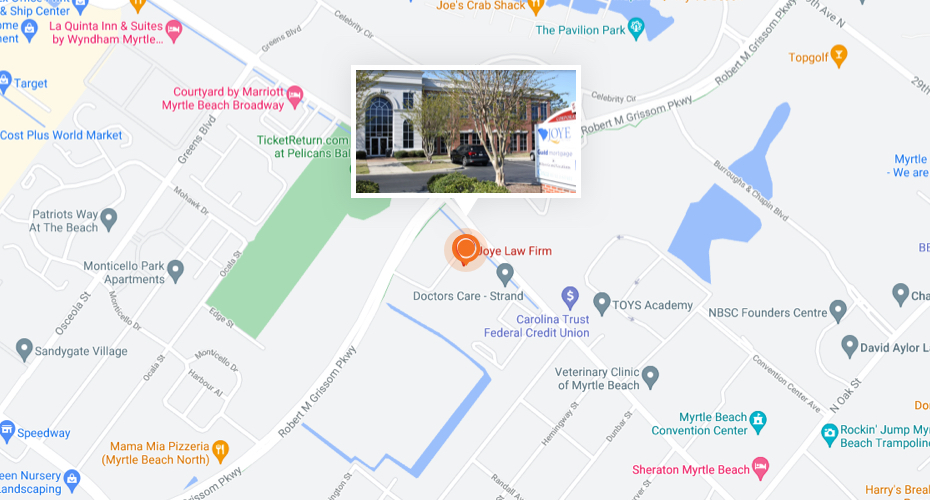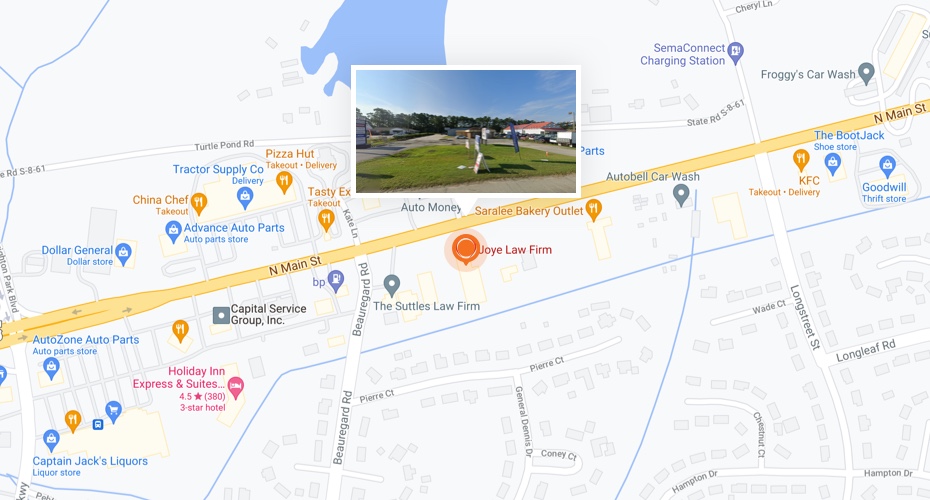
The most common workplace injuries in the United States remain back strains and sprains. While less severe than injuries such as brain injuries, severed limbs or paralysis, back injuries do cause a great deal of pain and disability. The financial costs for both workers and employers are quite high.
The Bureau of Labor Statistics reports that 443,560 sprain, strain and tear cases resulting in days away from work were reported in private industry during a single year. In 36 percent of these cases – or nearly 160,000 – the workers injured their backs.
Data from the Bureau of Labor Statistics indicate the financial impact of such injuries is as much as $39,000 per lower-back injury, as reported in the February 2014 issue of Occupational Health & Safety magazine. That’s more than $3 billion per year in spending on medical costs and lost time at work from back strains and sprains – injuries that often are preventable.
But there is good news. Workers and employers can take steps to lessen the risk of back strains and sprains in the workplace.
There are many causes of back strains and sprains. The most common is lifting heavy objects. To reduce the chance of injury, employers should determine if the object really needs to be lifted or moved, or if a task can be completed in a different manner, such as using a machine or tool.
Many times, the work has to be done and a substitution isn’t feasible. The risk of back injury may be reduced by:
- Using correct lifting procedures, such as bending at the knees and lifting with leg strength instead of the back.
- Getting help with heavy loads. See if more than one person can work together to accomplish the task to reduce the load for one person.
- Carrying loads close to the body and avoid lifting upward unnecessarily, keeping the object at waist level. Attempting to carry a heavy object while twisting from the waist or pulling upward can cause injury.
- Eliminating awkward reaches by using a ladder or step stool.
- Changing work positions and stretching muscles throughout the day to prevent chronic strain and increase flexibility.
- Employers conducting an assessment to identify tasks and activities where workers are vulnerable to a sprain or strain. They can urge workers to proceed with caution when they are performing these tasks. Something as simple as labeling heavy items can be a good reminder to workers and help reduce the chance of injury.
Employers can further safeguard their workers and reduce the chance of injury by providing workers with back supports, which provide support to the lower back and abdominal area, promote correct posture and serve as a reminder to workers that they are about to lift something heavy. It’s imperative that any back support fits correctly and workers get trained on how to use them properly, or their benefits can be lost.
Sources:
- Occupational Health & Safety – Back to the Future
- Bureau of Labor Statistics – Nonfatal Occupational Injuries and Illnesses Requiring Days Away from Work, 2012
- Texas MedClinic – Avoiding Sprains and Strains to Ensure Workplace Safety

































